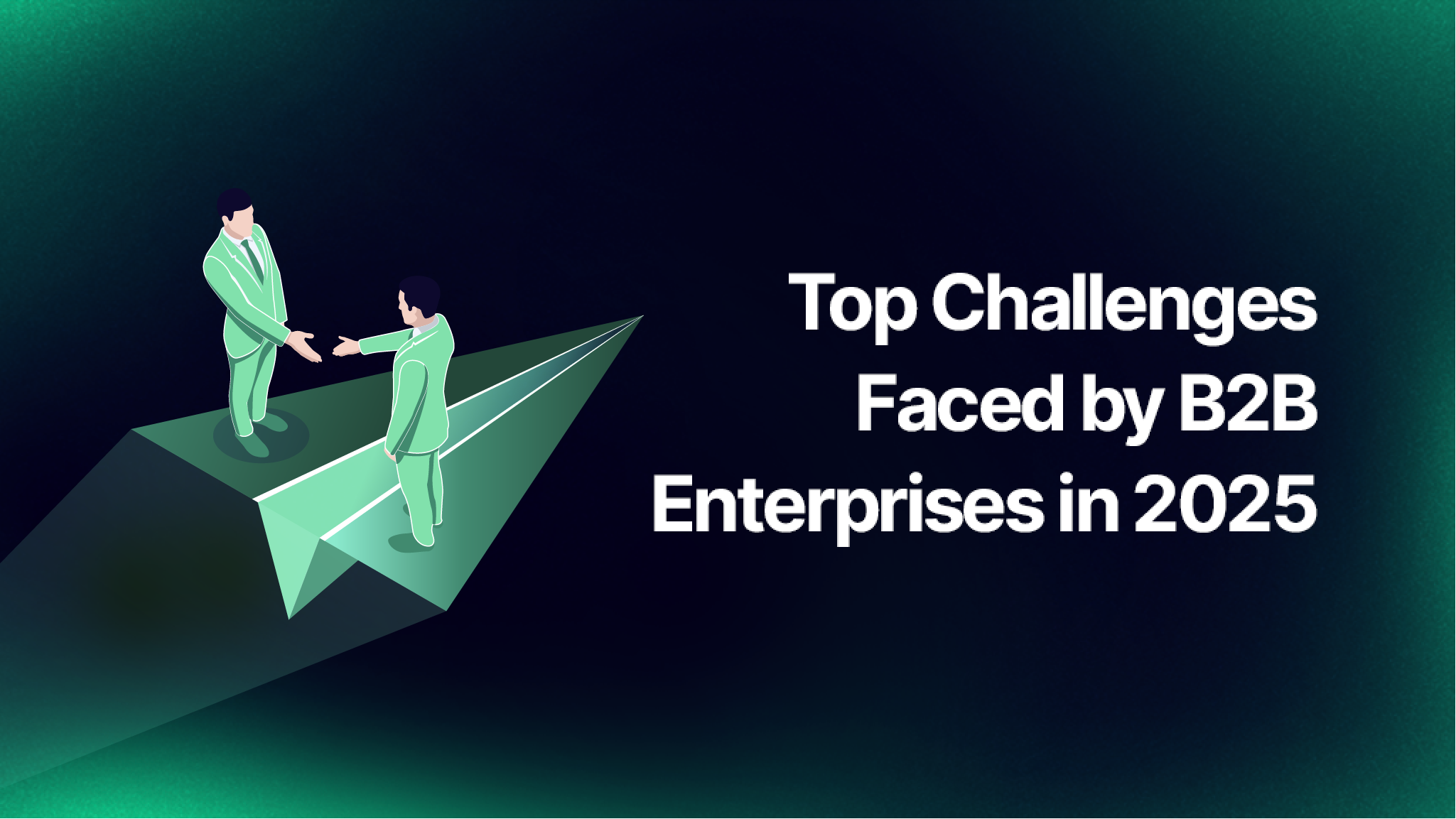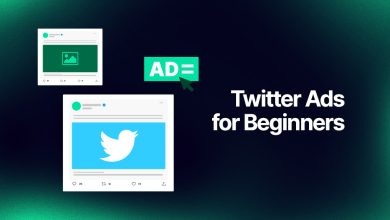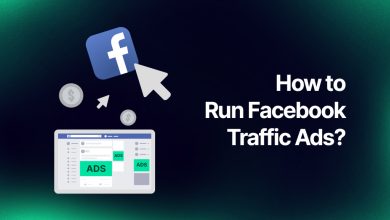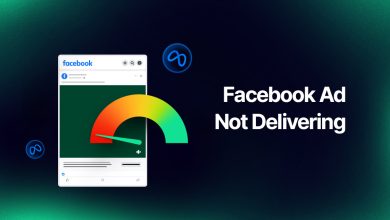Top Challenges Faced by B2B Enterprises in 2025 (and How to Solve Them)

In the ever-evolving landscape of B2B marketing, many businesses are asking tough but necessary questions as they strive to scale effectively. Here are three questions that capture the heart of what B2B enterprises are grappling with today along with fresh insights on how to tackle them in 2025:
1. How can we leverage conversational marketing tools effectively?
Modern B2B buyers expect instant support and tailored communication. That’s where conversational tools like smart chatbots and real-time messaging apps come in. When used well, these tools do more than automate responses — they guide potential clients through a personalized, frictionless journey. By aligning these tools with your ad campaigns and CRM systems, you reduce delays, build rapport faster, and increase the chances of moving leads deeper into your pipeline without burning out your team.
2. What role does personalized content play in B2B marketing?
In B2B, one-size-fits-all content no longer works. Buyers now demand content that feels tailored to their specific industry, job role, and challenges. Whether it’s a case study that mirrors their pain points or an email that speaks their language, personalization builds trust and boosts engagement. The most forward-thinking teams use data to shape content for each stage of the funnel so every touchpoint feels relevant, helpful, and timely.
3. How do we integrate performance metrics into our strategy?
It’s easy to get lost in vanity metrics, but true growth comes from tying marketing actions directly to revenue. That means looking beyond clicks and impressions to focus on pipeline influence, customer acquisition cost, and sales velocity. In 2025, smart marketers build clear attribution paths and align marketing KPIs with sales targets. With the right dashboard in place, your team can see what’s working, pivot faster, and make smarter decisions grounded in ROI.
Understanding the Basics of B2B Marketing
B2B marketing refers to the strategies businesses use to reach, engage, and sell to other businesses not individual consumers. Unlike B2C marketing, which often taps into impulse and emotion, B2B efforts are typically built on logic, value, and return on investment. That said, the best B2B campaigns in 2025 manage to be both data-driven and emotionally intelligent, appealing to real humans behind corporate titles.
Key Differences Between B2B and B2C Strategies
- B2B decisions involve multiple stakeholders and longer sales cycles.
- Buyers need more evidence: product specs, comparisons, ROI projections.
- Trust, authority, and relevance weigh heavier than flashy branding.
- Conversion happens through education, nurturing, and long-term value.
How the B2B Marketing Funnel Works
The B2B funnel is layered, strategic, and often non-linear. It’s about guiding leads from awareness to decision not through pressure, but through relevance.
Stage 1: Building Awareness
At this stage, your goal is visibility and credibility. Blog posts, industry reports, and B2B content marketing efforts shine here not to sell, but to inform and attract.
Stage 2: Driving Consideration
Here, buyers begin comparing options. This is where case studies, whitepapers, and thoughtful email sequences help position your solution as the most trustworthy and relevant.
Stage 3: Inspiring Decision-Making
Now it’s time to convert. Demos, calculators, and clear ROI messaging move to the front. This is where your B2B marketing services must close the gap between curiosity and commitment.
Stage 4: Encouraging Retention
Conversion isn’t the end. Keep the value alive with updates, feedback loops, onboarding support, and B2B email marketing to nurture satisfaction and expansion.
How to Create a Winning B2B Marketing Plan
A clear, flexible plan is the foundation of every great campaign. Here’s how to build one:
Step 1: Define Your Total Addressable Market (TAM)
Know who you’re trying to reach. Use B2B market research tools to understand your audience, from industry verticals to specific job roles.
Step 2: Set Your Business Goals
Are you prioritizing volume or deal size? Shortening the sales cycle? Make sure every action ties back to business impact.
Step 3: Craft a Strong Value Proposition
Refine your message to speak clearly to your customers’ problems. This is where a good B2B SaaS marketing agency can offer serious value.
Step 4: Develop a Scalable Outreach Strategy
Mix inbound and outbound channels: organic content, paid search, social media, and direct outreach. Personalization is what makes this mix powerful.
Step 5: Produce Strategic Marketing Content
Don’t just create content — create relevant, goal-aligned, audience-aware content. Whether it’s SEO-focused blogs or video explainers, each piece should serve a purpose.
5 Proven B2B Marketing Tactics You Can Start Today
- Run campaigns that reflect your audience’s daily struggles
- Tell human stories, even in technical content
- Use digital channels to stay visible and searchable
- Track performance with purpose — not just to report
- Position your product as a solution to real frustrations
Best Practices Adopted by Leading B2B Enterprises
- Start every campaign with a clear, measurable plan
- Make data your decision-making partner
- Use visual content to simplify complex ideas
- Build a consistent brand tone across all channels
- Always test, learn, and optimize — nothing is static
Final Thoughts: Your B2B Growth Starts With Solving Real Problems
2025 is a year full of noise but also opportunity. B2B brands that focus on empathy, clarity, and measurable value are the ones that will stand out. Whether you work with a B2B marketing consultant, build your in-house dream team, or partner with a B2B SaaS growth agency, remember:
Behind every lead is a person with a problem. Solve it better than anyone else and you’ll win, not just their business, but their trust.



